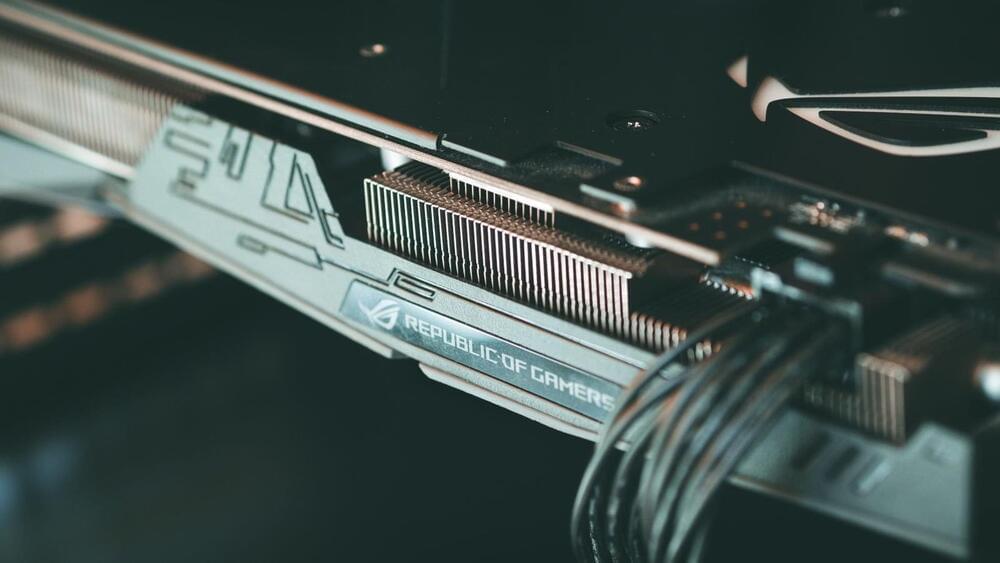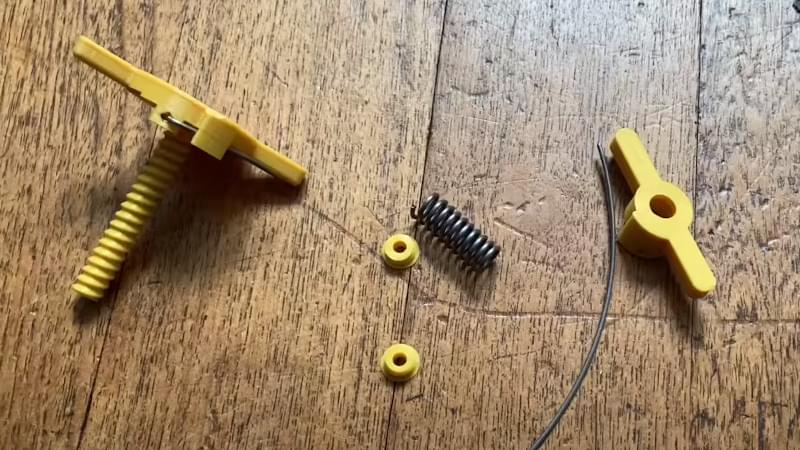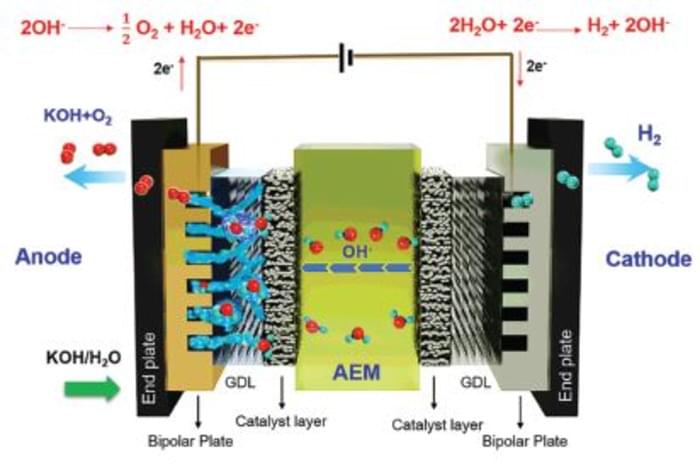This authenticator app is designed to install bank info-stealing malware that could wipe you out.
This article is an installment of Future Explored, a weekly guide to world-changing technology. You can get stories like this one straight to your inbox every Thursday morning by subscribing here.
One of the “holy grails” of spaceflight could hit the skies this decade.
A team of researchers from French, Israeli, and Australian universities has explored the possibility of using people’s GPUs to create unique fingerprints and use them for persistent web tracking.
The results of their large-scale experiment involving 2,550 devices with 1,605 distinct CPU configurations show that their technique, named ‘DrawnApart,’ can boost the median tracking duration to 67% compared to current state-of-the-art methods.
This is a severe problem for user privacy, which is currently protected by laws that focus on acquiring consent to activate website cookies.
Lecture 13: The self.
Instructor: Marvin Minsky.
View the complete course at: http://ocw.mit.edu/6-868JS07
License: Creative Commons BY-NC-SA
More information at http://ocw.mit.edu/terms.
More courses at http://ocw.mit.edu
Dr. Marvin Minsky — A.I. Pioneer & Mind Theorist. Professor of Media Arts and Sciences, MIT, Media Lab http://GF2045.com/speakers.
As soon as we understand how the human brain works, we should be able to make functional copies of our minds out of other materials. Given that everything is made of atoms, if you make a machine, in some sense it is made of the same kinds of materials as brains are made but organized either in very different ways or fundamentally the same ways.
The Daily Roundup is our comprehensive coverage of the VR industry wrapped up into one daily email, delivered directly to your inbox.
Diver-X announced that it’s pulling the plug on HalfDive, announcing that all backers would not be charged for funds collected.
The company mentions three major concerns, which essentially boil down to its niche appeal, inability to reduce costs by producing major components in-house, and resultant cash flow issues due to scalability issues. You can read the full text in the company’s blog post.
Ask 50 people what the metaverse means, right now, and you’ll get 50 different answers. If a metaverse is where the real and virtual worlds collide, then Instagram is a metaverse: you create an avatar, curate your image, and use it to interact with other people. What everyone seems to agree on, however, is that it’s worth money. Epic Games and the recently rebranded Facebook are investing billions a year in this idea. When Microsoft bought video game publisher Activision for $70bn last week, it was described as “a bet on the metaverse”.
The tech world seems to be leaning towards some kind of early 00s conception of wearing a VR headset and haptic suit and driving a flying car towards your perfect pretend mansion in a soothingly sanitised alternate reality, where you can have anything you want as long as you can pay for it. Look at Mark Zuckerberg’s now-infamous presentation of the future of his company, with its bland cartoonish avatars and emptily pleasant environments. It is the future as envisioned by someone with precious little imagination.
I do not deny that some people want this vision. Ready Player One was a runaway hit. But the metaverse as envisioned by the people currently investing in it – by tech billionaires such as Zuckerberg and Activision CEO Bobby Kotick, by techbro hucksters selling astonishingly ugly generative-art NFTs and using words like “cryptoverse” – can only be described as spiritually bereft. It holds no interest for me.
China has designated some cities and entities to trial blockchain applications, underscoring the importance Beijing is attaching to this particular technology.
In 2019, President Xi Jinping called on China to “seize the opportunities” presented by blockchain, giving his personal backing to the technology.
The Chinese capital Beijing and mega city Shanghai as well as Guangzhou in the south are all part of the pilot projects. Local government departments, universities, banks, hospitals, car companies and power firms are among the 164 entities chosen by China to carry out trial blockchain applications.
We’ve often heard it said that springs come in in all shapes and sizes…except for the one you need. In light of this, the hardware hacker would do well to keep the tools and knowledge required to make a custom spring close at hand when building something that moves. Luckily, all it really take is some stiff metal wire, a rod, and patience.
Unless you’ve got a 3D printer, that is. In which case, we’d suggest you print out this very clever “Spring Factory” designed by [Vincent Baillet]. The simple tool, consisting of just two parts, makes it easier and faster to make consistent DIY springs when compared to traditional methods. Rather than trying to eyeball the spacing of the coil as you wind the wire around the mandrel, this design does it for you.
Electrolysis is a key component of the cost of green hydrogen, and a Korean team says it’s made a huge breakthrough with an anion exchange membrane that’s not only much cheaper than current proton exchange tech, but offers some 20 percent better performance.
Electrolysis is the process of splitting water into hydrogen and oxygen, and when powered by renewable energy, it’s shaping up to be a key step in the production of green hydrogen. Green hydrogen is set to play a substantial role in the race to zero emissions, offering a high energy density that makes it an attractive option in several hard-to-decarbonize activities where batteries just don’t make sense.
Typically, electrolyzers use proton exchange membranes (PEMs), in which an anode and a cathode in an electrolyte material are separated by a membrane designed to allow positively-charged hydrogen ions to pass through as they’re attracted by the cathode. Here they combine with electrons to form hydrogen gas, which is collected, and oxygen is released at the anode.









